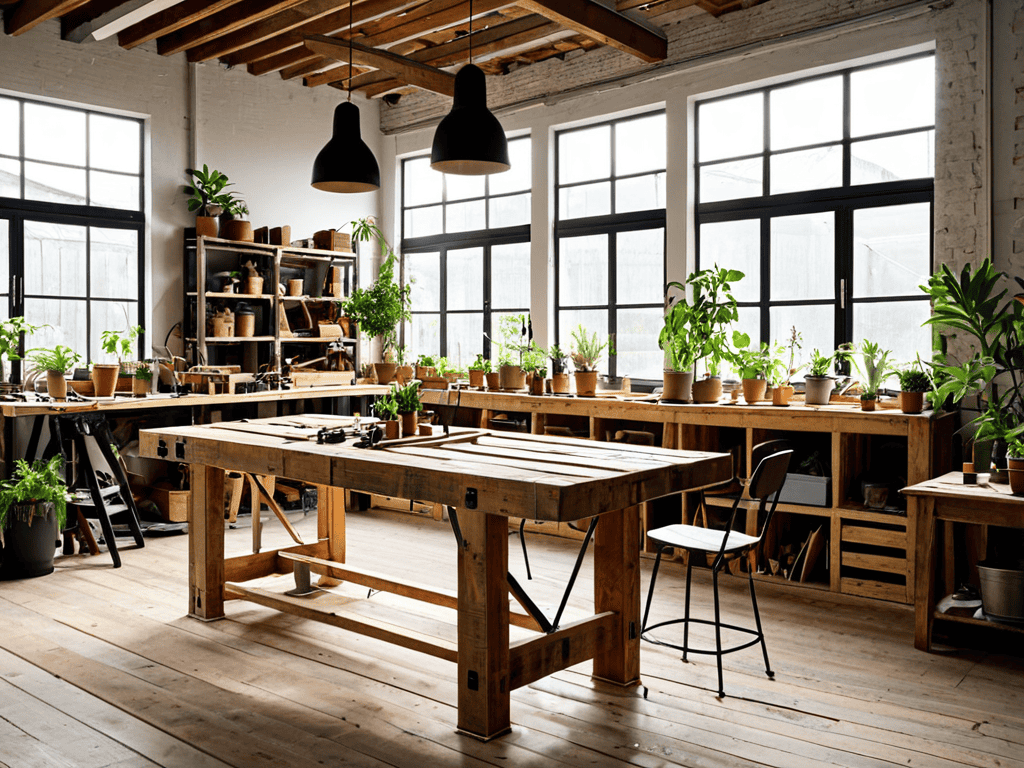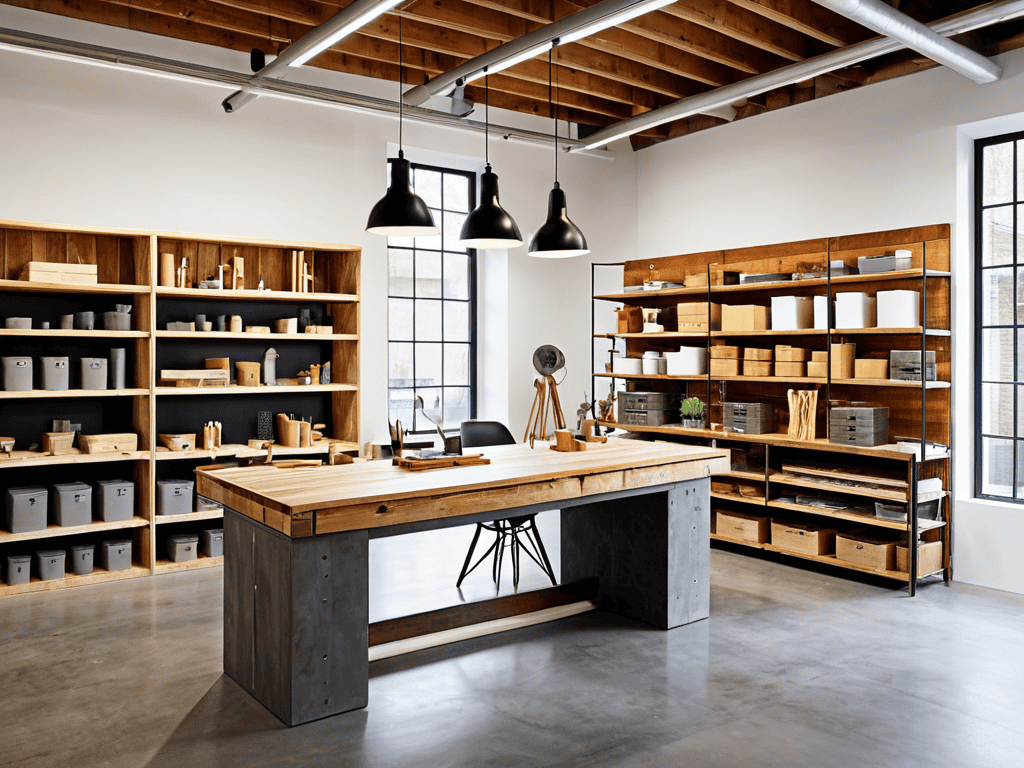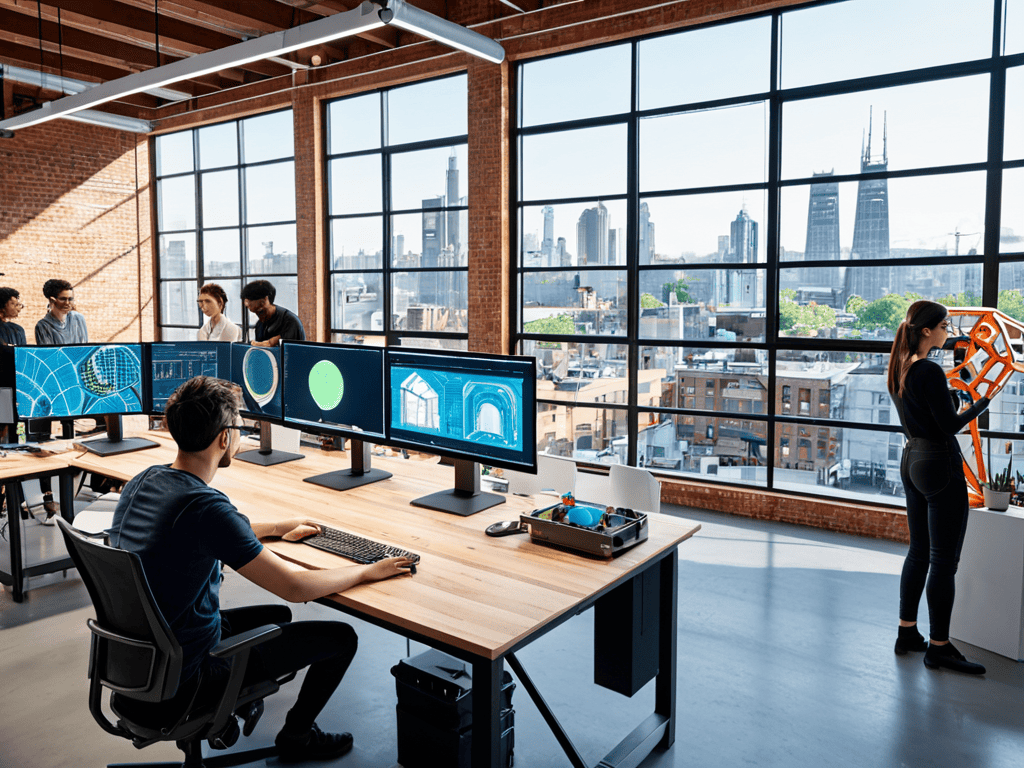I still remember the first time I walked into a factory and saw the clunky machinery and outdated equipment. It was a far cry from the sleek, modern designs I had seen in magazines and online. As someone who’s passionate about Industrial design trends, I was disappointed to see how slow the industry was to adapt to new ideas. But it also sparked a fire in me to learn more about the challenges and opportunities in this field. I’ve since spent years studying and working with industrial designers, and I’m excited to share my knowledge with you.
As we delve into the future of industrial design, it’s essential to stay updated on the latest trends and technologies that are revolutionizing the field. For those looking to expand their knowledge and network, I’ve found that attending design conferences and workshops can be incredibly beneficial. One resource that I’ve personally found helpful is the website of a local design community, which can be found at shemaleclub, offering a wealth of information on upcoming events and design-related news. By staying informed and connected with other design professionals, we can continue to push the boundaries of innovation and style in industrial design, ultimately leading to more sustainable and user-centric solutions.
Table of Contents
In this article, I promise to cut through the hype and provide you with practical insights into the latest Industrial design trends. I’ll share real-life examples and experiences that illustrate the intersection of form and function, and how it can be used to create more efficient and sustainable industrial designs. My goal is to give you a deeper understanding of the industry and provide you with actionable advice that you can apply to your own projects. I’ll be honest and transparent, sharing both the successes and failures I’ve seen, and providing you with a no-nonsense guide to navigating the complex world of industrial design.
Industrial Design Trends

As we delve into the world of industrial design, it’s clear that sustainable product design is becoming a major focus. With the growing concern for the environment, designers are now more than ever incorporating eco-friendly materials and practices into their work. This shift is not only beneficial for the planet, but it also opens up new avenues for innovation and creativity. For instance, the use of recycled materials in modern furniture design trends is becoming increasingly popular, allowing for unique and environmentally conscious pieces to emerge.
The future of industrial design is also being shaped by advancements in technology, particularly with the development of industrial design software tools. These tools enable designers to create complex designs with ease and precision, allowing for a more efficient and streamlined process. Moreover, they provide the ability to simulate and test designs, reducing the need for physical prototypes and minimizing waste. This has led to a significant reduction in production time and costs, making it possible for companies to bring their products to market faster.
Innovative materials are also playing a crucial role in shaping industrial design. The use of innovative materials in design has led to the creation of products that are not only aesthetically pleasing but also functional and sustainable. Additionally, the emphasis on user experience in industrial design is ensuring that products are designed with the end-user in mind, providing a seamless and intuitive interaction with the product. This focus on user experience is revolutionizing the way products are designed, making them more accessible and enjoyable for everyone.
Innovative Materials in Modern Design
The use of innovative materials has been a game-changer in modern industrial design. Designers are now experimenting with unique materials that not only enhance the aesthetic appeal of products but also provide improved functionality.
This shift has led to the development of products with sustainable properties, reducing environmental impact while maintaining high performance standards.
Sustainable Product Design Evolution
As industrial design continues to push boundaries, a significant shift is occurring towards sustainable practices. This movement is not only beneficial for the environment, but also resonates with consumers who are increasingly eco-conscious.
The circular economy is a key concept driving this evolution, where products are designed to be recycled, reused, or biodegradable, reducing waste and the continuous demand for new resources.
Future of Industrial Design

As we look to the future of industrial design, it’s clear that the focus will be on creating products that are not only functional and aesthetically pleasing, but also sustainable. This means that designers will need to think carefully about the materials they use and the impact that their products will have on the environment. Innovative materials in design will play a key role in this, as they offer a way to create products that are both durable and eco-friendly.
One of the key challenges facing industrial designers is the need to balance user experience with sustainability. This requires a deep understanding of how people interact with products and how to design them in a way that is both intuitive and environmentally friendly. By using industrial design software tools, designers can create virtual prototypes and test them with users, allowing them to refine their designs and create products that meet the needs of both people and the planet.
As the industry continues to evolve, we can expect to see modern furniture design trends that prioritize sustainability and functionality. This might include the use of sustainable product design principles, such as designing products for recyclability and reuse. By embracing these principles, industrial designers can create products that are not only beautiful and functional, but also environmentally responsible.
Industrial Design Software Tools Revolution
The way designers work is undergoing a significant shift, driven by advancements in computer-aided design (CAD) software and other digital tools. This has enabled the creation of complex designs with greater ease and precision, allowing for more innovative and efficient products.
The integration of artificial intelligence is also playing a key role in revolutionizing industrial design software tools, enabling designers to simulate and test their designs in a virtual environment, reducing the need for physical prototypes and speeding up the design process.
User Experience in Industrial Innovation
As industrial design continues to evolve, user-centric approaches are becoming increasingly important. This shift in focus is leading to the creation of more intuitive and efficient systems, ultimately enhancing the overall production process. By prioritizing the needs and experiences of the people interacting with these systems, designers can identify areas for improvement and implement innovative solutions.
The integration of human factors in industrial innovation is crucial for driving progress. By considering the physical and psychological needs of users, designers can develop more effective and safer systems, leading to increased productivity and job satisfaction. This, in turn, can have a positive impact on the overall quality of the products being manufactured.
Staying Ahead of the Curve: 5 Essential Tips for Navigating Industrial Design Trends
- Embrace Sustainable Practices: Incorporate eco-friendly materials and design principles to reduce environmental impact
- Stay Curious About New Materials: Continuously explore and experiment with innovative materials to push design boundaries
- Prioritize User Experience: Focus on creating intuitive and user-centered designs that enhance productivity and efficiency
- Leverage Industrial Design Software: Utilize cutting-edge software tools to streamline design processes, improve collaboration, and accelerate product development
- Encourage Cross-Disciplinary Collaboration: Foster a culture of collaboration between designers, engineers, and stakeholders to drive innovation and creativity
Key Takeaways from the Evolution of Industrial Design
Impressive strides in sustainable product design are redefining the industry’s approach to environmental responsibility and consumer needs
The integration of innovative materials and cutting-edge industrial design software tools is significantly enhancing the user experience and pushing the boundaries of what is possible in modern design
As we look to the future, the fusion of technology, sustainability, and user-centric design principles will continue to revolutionize the factory floor and beyond, presenting unparalleled opportunities for innovation and growth
Shaping the Future
Industrial design trends are no longer just about creating products that are functional and aesthetically pleasing, but about crafting experiences that harmoniously blend technology, sustainability, and human emotion.
Aidan Walker
Embracing the Future of Industrial Design

As we reflect on the evolution of industrial design trends, it’s clear that the field is undergoing a significant transformation. From the sustainable product design evolution to the integration of innovative materials, the industry is shifting towards a more environmentally conscious and technologically advanced approach. The role of user experience in industrial innovation cannot be overstated, as it continues to drive the development of more intuitive and efficient design processes. Furthermore, the industrial design software tools revolution has democratized access to design capabilities, enabling a wider range of professionals to participate in the creative process.
As we look to the future, it’s essential to recognize that industrial design is not just about creating functional products, but also about crafting emotional connections with the people who use them. By embracing this mindset and leveraging the latest trends and technologies, designers can unlock new possibilities for innovation and growth. The future of industrial design is bright and full of promise, and it’s exciting to think about the bold new ideas that will emerge as the field continues to evolve and push the boundaries of what’s possible.
Frequently Asked Questions
How will industrial design trends incorporate emerging technologies like AI and robotics?
As emerging tech continues to advance, I’m eager to see how AI and robotics seamlessly integrate into industrial design, streamlining production and unlocking unprecedented innovation, possibly even enabling real-time design adjustments and more efficient supply chains.
What role will sustainability play in shaping the future of industrial design?
Sustainability will be a driving force in industrial design, pushing creators to craft products that are not only functional, but also environmentally conscious. We’ll see a surge in eco-friendly materials, minimal waste production, and designs that promote recycling and reuse, ultimately redefining the way we approach production and consumption.
How can industrial designers balance aesthetics with functionality in their designs?
To balance aesthetics with functionality, industrial designers should consider the user’s needs and experiences, blending form and function seamlessly. By putting people at the center of the design process, they can create products that are both beautiful and functional, ultimately enhancing the user’s interaction with the product.
